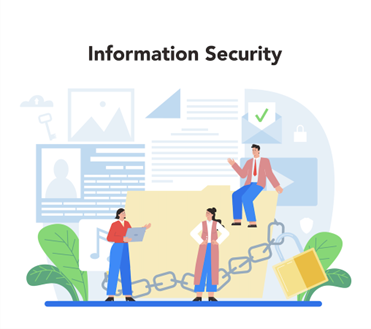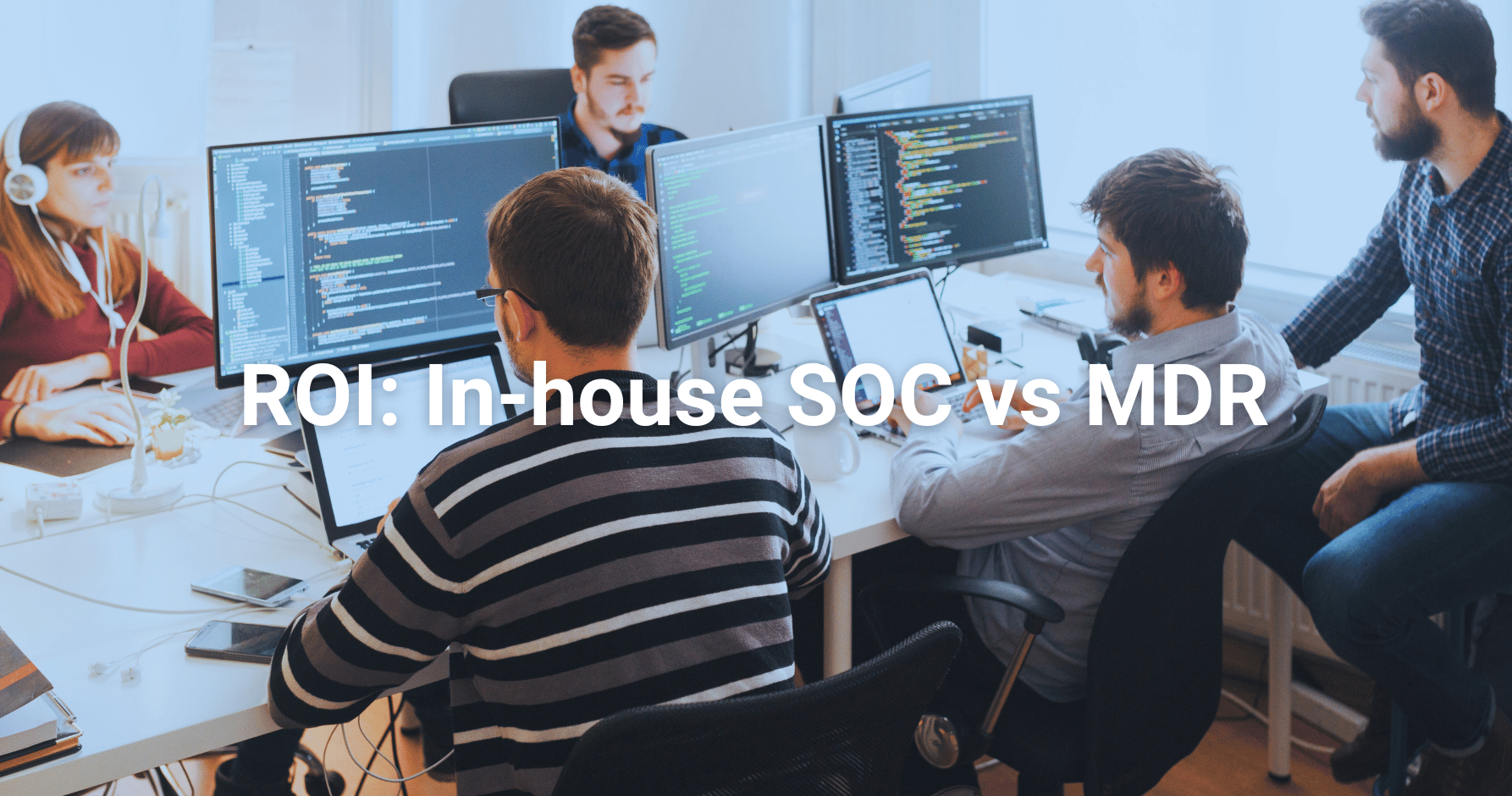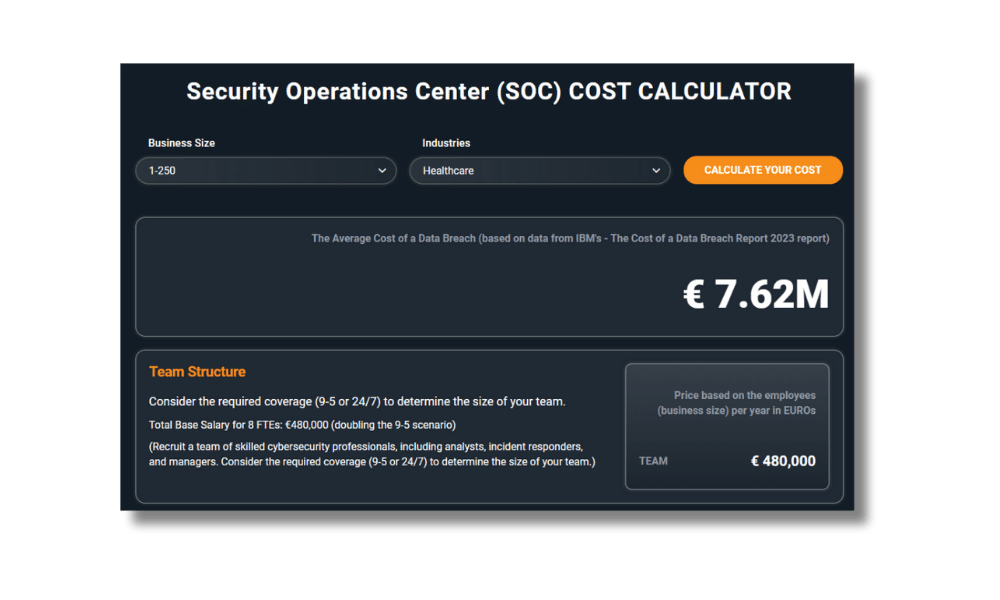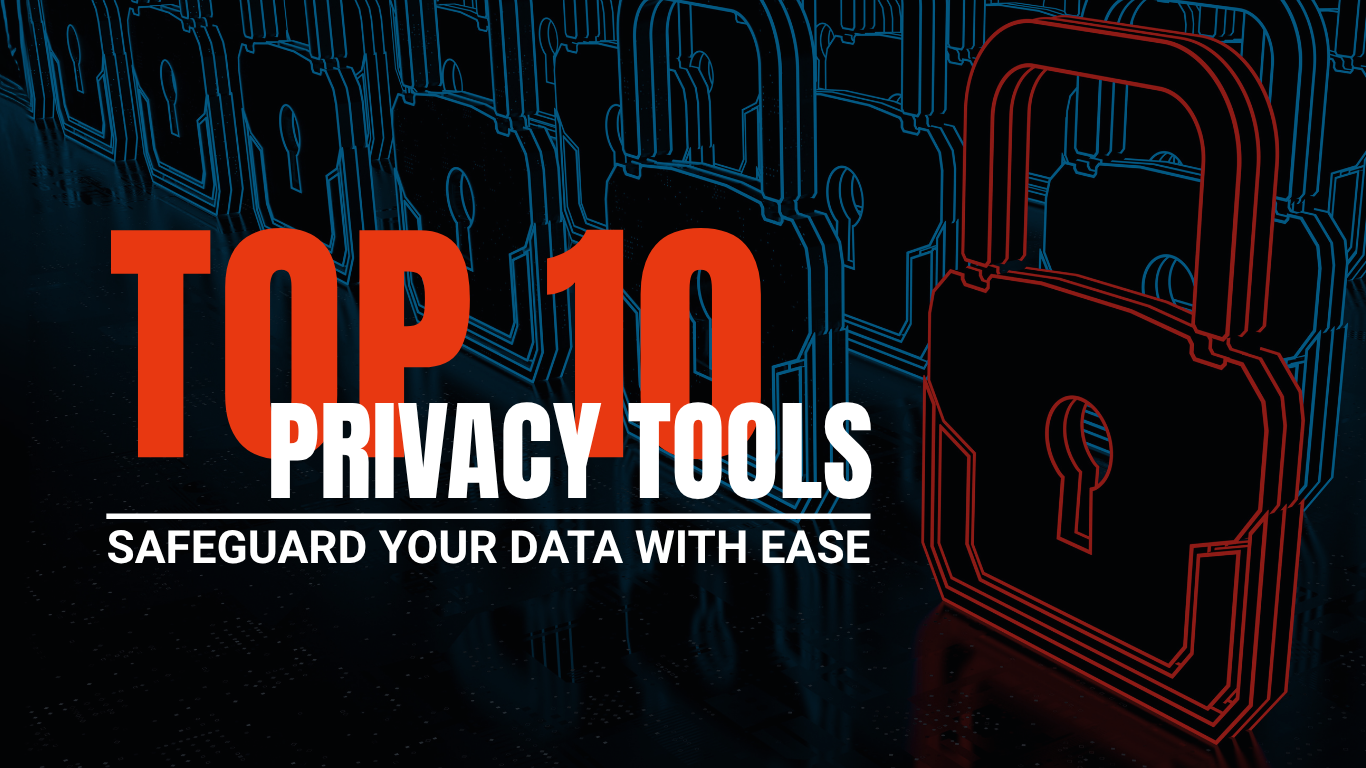ROI: Managed Detection and Response (MDR) vs. In-House SOC
Security teams frequently face a dilemma in the ever-changing cyber threat landscape. They must choose between developing new capabilities internally or outsourcing some or all of their security operations. The need for quick security measures often conflicts with the team’s capacity to build or find a solution.

Despite this dilemma, the cybersecurity landscape is dominated by in-house Security Operations Centers (SOCs) and third-party Managed Detection and Response (MDR) services. In this article, we’ll explore the benefits and costs associated with each approach, and provide a comparative analysis of the critical ROI metrics.
The Role of an MDR Provider
ForeNova, a global provider of MDR services, helps clients determine if an outsourced SOC model aligns with their business objectives, compliance needs, and budgets. However, most large organizations have access to the right talent and financial resources to staff an in-house SOC.
An in-house SOC provides several benefits, especially for organizations that conduct business in heavily regulated sectors, including government, finance, and healthcare.
Click here to schedule a demo today!
Benefits of Having an In-House SOC Team
- Setting up an in-house cybersecurity operations center allows for better control over cybersecurity operations and tailored services, paving the way for future cybersecurity needs. Adjusting the various duties and responsibilities for the SOC team becomes faster and less complex than requesting a change order or amendment to an existing outsourced MDR agreement.
- Organizations conducting business with regional or federal government are often required to maintain an in-house SOC team, which includes ensuring all staff employees are cleared with a specific level of clearance and access. Having internal SOC teams also removes the potential conflicts that arise from the MDR service not meeting its various service level agreements (SLA).
- Another significant benefit of maintaining an in-house SOC is improved communication. The in-house team better serves communication during a breach between the SOC, internal stakeholders, and outside parties. MDR team members lean towards defined procedures, response times, and contract-specific terms, which can cause delays and increased frustration among all parties.
Benefits of an MDR Service for EU and German Organizations

MDR services offer particular advantages for small and medium-sized enterprises (SMEs), midsize enterprises, and the education sector in the European Union (EU) and Germany. These sectors have the same EU compliance and privacy mandates, including DORA, NIS2, and GDPR.
Smaller organizations needing to meet these regulations often lack the human and financial capital to staff and maintain an internal SOC. Here are the critical benefits these small firms gain with an MDR contract:
- MDR providers provide various cybersecurity protection tools, including endpoint security, managed firewalls, Zero-trust, managed Security Information Event Management (SIEM), and extended detection and response powered by AI. These tools become embedded within the MDR services agreement.
- MDR services provide a 24x7x365 or after-hours coverage model to help SMEs meet compliance and regulatory needs. SME organizations struggling with high turnover of SOC talent benefit significantly from an MDR relationship. MDRs have global access to experienced SOC talent.
- Another substantial value of an MDR service is its expertise in threat modeling and staying current with compliance and regulatory reporting. Many EU compliance regulations, including DORA, NIS2, GDPR, and the SEC in the United States, require notification of a material security breach within a specific window. MDR services better assist their clients in meeting these reporting requirements.
Costs of Building an In-House SOC Team
Organizations wanting to build their own SOC team must consider upfront and recurring costs. These costs include:
- Staffing Costs: Consider salaries for SOC analysts, engineers, and managers.
- Technology Investments: Factor in the costs of security tools and software.
- Training and Development: Include continuous training and certification expenses.
- Operational Overheads: Account for maintenance, utilities, and other operational costs.
Note: IBM reported in 2023 that the average cost per breach was €4.27 million.
Based on 250 endpoints, here is the breakdown of costs per year for your organization to host your own SOC. The costs to host your own in-house SOC need to account for various expenditures including salaries for FTE €1.8 million, SIEM platform, €112K Euro, EDR subscription, €45K, Threat Intelligence Platform, €135K, and Firewalls, €49.5K.
Organizations need to also account for operational costs including resource management, regular assessments, compliance and governance, Standard Operation Procedures (SOP), development of a Incident Response Plan, and provide culture and security awareness training. These costs estimated at €199K.
The combined total for hosting your own SOC, €1,998.570.
Costs of Implementing MDR Services
Organizations unable to fund an in-house SOC team become ideal candidates for an MDR services contract. MDR contracts ultimately become better cost-saving, have greater scalability, and are more reliant than a traditional in-house SOC service.
An MDR service offering from ForeNova with the same number of endpoints will cost your organization, €29,625 per year.
Source: ForeNova MDR Cost Calculator
Critical ROI Metrics: MDR vs. In-House SOC
Partnering with an MDR provider is more cost-effective than building an in-house SOC. Understanding the time to value is another important metric.
- Building an in-house SOC team could take several months to hire the talent, deploy the various cybersecurity protection layers, developing the processes for incident response, remediation, threat modeling, and reporting.
- MDR services already have these processes and the expertise to deploy and maintain the relevant cybersecurity adaptive controls that align with their client’s needs.
- Organizations wanting to scale up additional layers, including deploying Cloud Access Security Broker (CASB) and Data Loss Prevention (DLP), will significantly benefit from the MDR’s expertise in deploying, integrating, and enabling these capabilities into the existing security posture strategy with less impact to the user community.
- Another critical metric is the cost of developing and fine-tuning security automation and proactive threat hunting. Most in-house SOC teams become exhausted from dealing with constant false positives and false events, and they rarely have the time to develop and tune various automation controls and engage in proactive threat hunting. MDR services have invested their time into full security automation capabilities and allocated resources with experience in proactive threat hunting.
Onboarding An MDR Service
MDR providers like ForeNova offer onboarding workshops to assist clients in preparing for the services enablement phase. These workshops determine which cybersecurity protection assets must be enabled first and which client data assets are the highest priority. During this discovery workshop phase, MDR providers also allow their various playbooks, proven processes, and procedures to help ensure their clients stay secure during the transition.

MDR providers like ForeNova leverage their established playbooks, processes, and procedures, enabling analysts to focus on triaging, threat hunting, and staying updated on current trends and activities related to sophisticated threat actors.
Another critical component of onboarding is reviewing the current tools in place. ForeNova will provide recommendations on technical debt, cybersecurity gaps, and standardization. These recommendations will help plan and budget discussions with the Customer Success Manager. By addressing these issues during the onboarding project, actionable ideas become implemented sooner, leading to better decision-making and faster value realization.
The next phase of the onboarding process includes enabling the ticketing system to align with various IT management frameworks, including ITIL. The best practices provided by ITIL help clients with an immediate and proven workflow to manage incident reporting and case management. Ensuring the SOC operations from the MDR also includes documentation management, enabling the prioritization of escalation and incident reporting.
Conclusion
MDR successfully offers several benefits to clients seeking their services to help lower SOC costs and maintain a higher security posture.
In-house SOCs are becoming more complex, leading organizations to consider third-party Managed Detection and Response solutions. These solutions offer a cost-effective and resource-efficient way to deal with developing cyber threats. MDR services provide advanced security monitoring and response capabilities at a lower cost than in-house SOCs.
This cost model primarily benefits businesses with limited budgets or IT resources. It allows them to access professional threat detection and response services without a significant financial investment.
Bottom Line: A MDR offering from ForeNova will save your organization €1,969,125 per year.
Why ForeNova Security for MDR Services?
ForeNova Security is a leading provider of cybersecurity services and MDR offerings. For organizations seeking a partner to augment their current security operations (SecOps) team or provide complete 24/7 monitoring and response, threat intelligence, and other cyber defense tools, ForeNova Security has access to experienced engineers to meet their business and compliance goals.
Contact us today to discuss your MDR needs.






